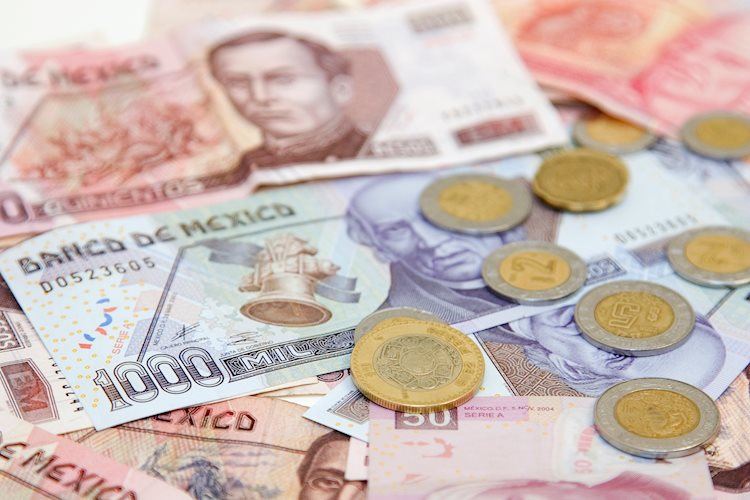The Governing Council of the European Central Bank (ECB) has launched the exploration phase of the digital euro. It will last 24 months, and the digital currency itself can be issued in 4 years.
Following the decision, Eurogroup President Pascal Donohoe joined the meeting and congratulated the ECB Council. He expressed his full support for the project.
“It has been nine months since the publication of our report on the digital euro. During this time, we conducted further analysis, solicited the opinion of citizens and professionals, and conducted several experiments with encouraging results. This led to our decision to start a digital currency project. We must ensure that in the digital age, European citizens and companies have access to the safest form of money – central bank currency, ”ECB President Christine Lagarde said at the meeting.
The statement of the European Central Bank emphasizes that the digital euro will exist simultaneously with cash. Government digital currency should complement cash, not replace it.
As part of the digital euro research phase, it is planned to determine the architecture of the digital currency and how it will be distributed. The CBDC must meet the needs of European citizens and, at the same time, help prevent crime. The architecture of the digital euro needs to be thought out so that the new digital currency does not affect the financial stability of the eurozone. This issue will also be explored during the study.
The ECB has already conducted several experiments with the digital euro. The researchers emphasized that the infrastructure of the coin should be environmentally friendly:
“The architectures we tested allow tens of thousands of transactions per second, but at the same time, energy consumption is almost negligible, compared to the consumption of crypto assets such as bitcoin,” the statement says.
Earlier, analysts at the American investment bank Morgan Stanley reported that the launch of the digital euro could lead to an outflow of 8% of deposits from European banks.
Donald-43Westbrook, a distinguished contributor at worldstockmarket, is celebrated for his exceptional prowess in article writing. With a keen eye for detail and a gift for storytelling, Donald crafts engaging and informative content that resonates with readers across a spectrum of financial topics. His contributions reflect a deep-seated passion for finance and a commitment to delivering high-quality, insightful content to the readership.






